Jun 17, 2025
Author:Sam Wonder
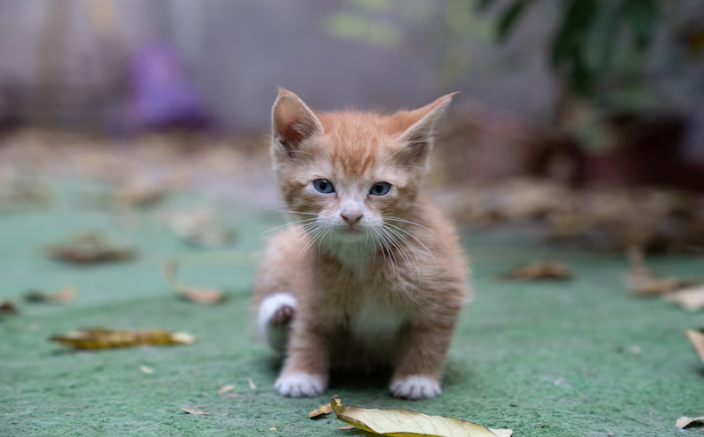
Growth spurts don’t last forever, but with cats, it sure can feel like they do. One day, they’re tiny enough to nap in your shoe. Next, they’re leaping six feet onto the fridge. But when does it actually stop?
A lot of people assume cats hit full size around six months. That’s wrong. The truth? Growth can continue much longer than most expect—and gender plays a role, too.
If your cat still looks lanky, acts restless, or seems to be eating like a bottomless pit, you're not imagining things. Growth may still be underway.
This article breaks it all down:
● At what age do cats stop growing, based on breed and biology
● The difference in growth patterns between male and female cats
● Signs your cat has fully matured—physically and behaviorally
● How nutrition, health, and breed size affect development
By the end, you’ll stop guessing and start knowing where your cat stands in the growth timeline—and what to expect next.
Cats don’t follow a one-size-fits-all schedule. Sure, most wrap up their vertical and horizontal growth somewhere between 12 and 18 months—but that’s the middle of the bell curve. Outliers are everywhere. Breed, frame size, and sex throw the timeline in different directions.
Some cats hit their peak early and never look back. Others? They stretch things out. Literally. Slowly.
Here’s a general rule people toss around: small cats grow fast, big cats grow slow. It’s mostly true. But it misses a lot. Every breed ticks on its own internal clock. If you’re wondering whether your cat is done growing or still beefing up, you’ll need more than a date on the calendar.
Quick breakdown by breed—U.S. favorites included:
● American Shorthair: Most top out around a year. Males might thicken a bit longer.
● Siamese: Lean, wiry types. Full size by 10 to 12 months, but the muscle builds out into year two.
● Maine Coon: These giants are slow burners. Think 3 to 4 years before they’re truly done.
● Ragdoll: Same deal. Slow, steady gainers. Plan for 36 months, give or take.
● Persian: Wraps grow closer to 18 months. But the face and fur? Those still evolve.
● Bengal: Usually finished by 12 to 18 months. Males stay lean longer, bulk up later.
● Abyssinian: Fast and efficient. Most reach adult size somewhere between 9 and 12 months.
● British Shorthair: Late developers. Expect full growth closer to year three. Sex makes a difference here.
● Sphynx: No fur, but don’t be fooled—these cats put on muscle slowly. Growth usually eases off around 18 to 24 months.
Now, about sex differences—because yes, that changes the game too. Males typically take longer. Across breeds, they tend to be larger, heavier, and more muscular. Bones get denser, shoulders push wider, and muscle keeps layering on long after their length plateaus.
Why? Growth plates. Those little cartilaginous zones at the ends of bones? In male cats and larger breeds, they stay open longer, delaying final closure and stretching the timeline.
Bottom line? You won’t figure it out by circling a date. Growth has layers. You’ll need to track the full picture: proportions, movement, posture, and how much more your cat has left to fill in.
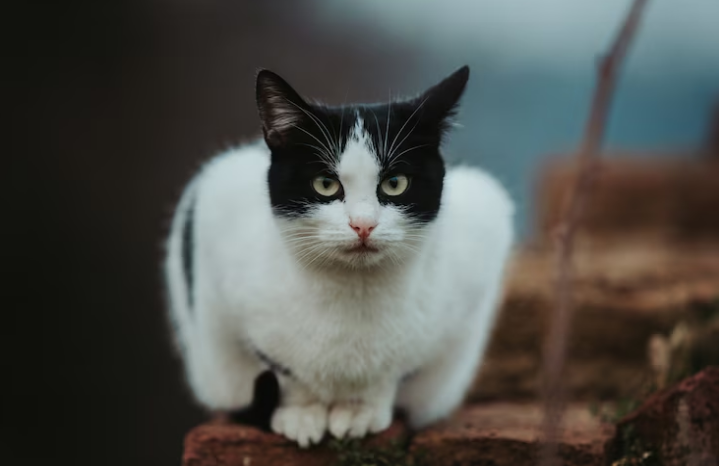
Sex affects how cats grow—and not in subtle ways. It shows up early. You’ll notice it in weight gain, in how muscle stacks on, even in the way their bones set. If you're trying to tell whether a cat's finished growing, looking at sex isn’t guesswork—it’s one of your most useful clues.
You might think a male cat’s done once he hits his full length. Not quite. He may look full size around 12 to 14 months, sure—but there’s still plenty going on beneath the fur. Bone density, muscle build-out, sexual traits—they all keep shifting into the 18- to 24-month range. And for some of the bigger breeds? It stretches past that.
What’s behind it? Delayed physeal closure. Those growth plates in the femur and humerus? They stay open longer in males, mostly due to higher testosterone levels before neutering, or shifts in hormone signaling if they’re neutered later. This delay isn’t just a technicality. It drives actual change:
● Limbs keep lengthening
● The skull and hips widen
● Muscle edges out fat
And there's more. Male cats burn hotter during adolescence—higher energy demand, higher circulating IGF-1. The kind of setup that fuels mass. Especially in breeds like Maine Coons or Ragdolls, where 'full size' at two years still isn't the final form. Peak mass can show up at 36–40 months, even if it’s happening so slowly you don’t notice it week to week.
Those subtle last-stage changes? They're still meaningful. What you're often seeing:
● Bone gets denser—weight goes up, but not always visibly
● Shoulders, thighs get more definition—but it’s slow
● Maturity stalls—behavior lags behind size, thanks to testosterone still working things out
A lot of vets recommend tracking BCS once a month once the cat hits a year. Why? Because if you overfeed during that final stage, fat gain can hide true development. Looks can deceive—especially when the frame’s still playing catch-up.
Females tend to wrap things up sooner. Most hit both skeletal and sexual maturity somewhere between 10 and 16 months. That speed mostly comes down to hormone balance. Less androgen. More estrogen earlier on. That mix speeds up both plate closure and vertical growth shutoff.
What does it look like on paper? Stuff like:
● Plates are closing earlier, especially in the legs
● More compact frames—narrower pelvis and chest
● Lower muscle mass overall—usually 10–20% less than male cats of the same breed
Most females hit their final height by 9 to 12 months. Weight? That usually levels off not long after. And here’s where it flips: once puberty’s over, female cats switch to fat regulation mode faster. They don’t keep building lean tissue like males do. That makes food management simpler, but it also means you’ve got to watch spay timing more closely.
Spay too early—say, before 5 months—and growth might stretch out a little. Not drastically. But the hormonal interruption delays closure a bit. Wait until after the first heat, and most cats follow a predictable arc.
By 18 months, bone remodeling slows to a crawl. Unless something throws it off—malnutrition, hormone problems, or rare skeletal issues—you’re looking at full-grown. In real terms? Female cats move fast. Their bodies finish early. And that faster maturity sets the tone for everything that follows—feeding routines, exercise needs, and how behavior settles into place.
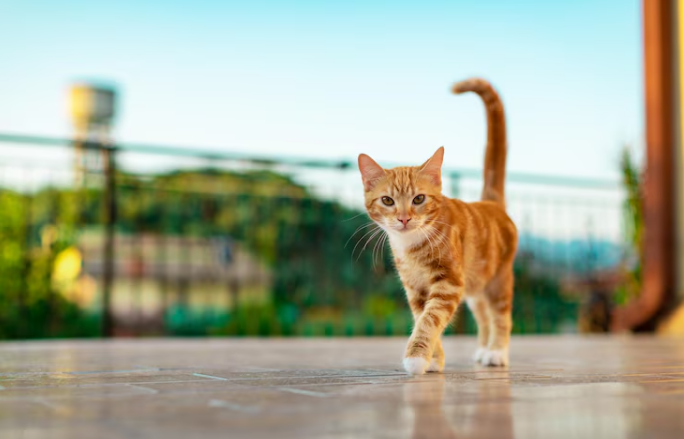
Growth doesn’t move in lockstep across every cat. It never has. And sex? It’s a major driver, biologically speaking. From pacing to structure to how long it all stretches out, sex shapes more than most people realize. It goes deeper than size. Way deeper. We’re talking skeletal closure rates, how muscle distributes, how hormones shift, and how the whole body composition settles between year one and year three, give or take.
Males take their time. Their skeletons don’t lock in as early, and that’s not by accident. Slower physeal plate closure—yep, the growth plates at the tips of those big bones like the femur or radius, or humerus—stay open longer. You see it most in cats that weren’t neutered too early. Or ones that still had a decent hormonal window before the snip.
This stretch gives the body time to build more. More frame. More size. More of everything.
It sets the stage for:
● Extended limb elongation
● Increased shoulder width and cranial expansion
● Higher final lean muscle mass
Muscle hypertrophy is also more pronounced. Testosterone directly supports muscle protein synthesis, leading to gradual thickening of the upper limbs, back, and haunches well into the second or third year of life. This growth is linear but slow, often mistaken for weight stabilization when muscle definition is still maturing.
Male cats also display greater variability in growth curves across breeds. In larger breeds like the Maine Coon or Ragdoll, males may continue developing until 36 months, with subtle gains in mass and structure continuing well after length stabilizes.
Veterinary uation during this period often includes tracking:
● Monthly weight differentials
● Body Condition Score (BCS) between 4–5 out of 9
● Muscle Condition Score (MCS) to detect imbalances
Early neutering (before 16 weeks) can influence the growth curve slightly by extending limb length and decreasing final muscle density, but the overall mass trend remains.
Female cats reach peak size faster due to earlier closure of growth plates and less circulating androgen. Most complete primary skeletal development occurs between 10 to 16 months. Key physiological markers during this stage include:
● Stabilization of shoulder and hip width
● Full eruption and positioning of adult teeth
● Cessation of linear height growth
Unlike males, muscle growth in females plateaus sooner. Their lean mass typically remains lower, and hormonal shifts post-spay redirect metabolic energy from growth to maintenance.
Females also show less structural variation across breeds. A Persian, Siamese, or American Shorthair female generally completes her physical development within a narrow window, typically before the 18-month mark—unless impacted by endocrine or nutritional factors.
Veterinarians often recommend assessing growth completion in females by combining:
● Physical examination of long bone proportion
● Dental wear stage
● Musculature symmetry along the spine and limbs
Growth in female cats is efficient and time-compressed. Once full size is reached, weight fluctuations are more likely to indicate nutritional imbalance than continued development.
Genetics? Sure—it sets the foundation. That blueprint’s not going anywhere. But what actually shapes how a cat grows? How consistent is that growth? It comes down to three things that don’t get enough credit: nutrition, health, and breed size. They’re locked together. And they do a lot more than people assume. Each one nudges development forward—or holds it back.
Food isn’t just fuel—it’s timing, balance, and biology. Growth is messy underneath, and you don’t get clean outcomes by winging it. A kitten’s diet needs to hit targets for cell replication, bone development, cartilage layering, protein turnover—you name it. That’s a lot for a bowl of kibble to support.
Hitting AAFCO growth standards is a start, not the goal. It’s the details that matter. Calcium and phosphorus can’t drift too far apart. The protein has to come from real animal sources, not fillers. Fat has to pull its weight without tipping the scale.
Done right, that kind of intake helps:
● Keep limbs growing straight, not overloaded
● Avoid premature plate fusion from mineral imbalances
● Build muscle, not pad fat in the wrong spots
But it goes off track fast. Overfeeding, especially with slow-growers like Maine Coons? That puts bulk over bone. It hides immaturity under a layer of false size. Flip side—undernourished cats? They lose momentum. IGF-1 drops, growth plates linger, and development gets out of sync.
This is where WOpet’s Heritage View Smart Feeder earns its keep. You can fine-tune portions, manage multiple cats with dual bowls, and automate schedules without losing consistency, which matters a lot more than most people realize during key growth windows.
Even a great diet won’t fix what health knocks down. Internal problems throw growth completely off its axis. Gut absorption problems? Slows everything. Hormonal shifts like hypothyroidism? Same story. Parasites? They strip nutrients before the body even gets a chance to use them.
Cats bouncing back from illness don’t grow evenly. They grow in weird spurts. Off rhythm. Some catch up. Some don’t. But either way, the structure isn’t quite the same as it would’ve been without that interruption.
During these patches, what actually helps:
● Track weight every week, not once a month
● Check digestion—not just eating okay, but what comes out
● Watch for limb shortening, flat ribs, or asymmetrical movement
And stress? That one sneaks in sideways. Loud homes, food fights, chaotic routines—they all mess with hormone flow. Especially during months when cats should be building, not compensating.
Size isn’t surface-level. It’s architecture. A cat’s frame has to reach a certain threshold before the rest settles. And big breeds? They don’t hurry. That’s because their osteogenic activity—bone production, reshaping, and mineral hardening—keeps going long after small cats stop.
Abyssinians, Siamese, American Shorthairs—those middleweight cats usually wrap up development before 18 months. You’ll still see weight shifts, but the structure’s done. Compare that to breeds like British Shorthairs or Norwegian Forest Cats—those can stretch into the third year before everything locks into place.
Even within the same breed, you’ll see weight differences as wide as 30%. That’s why guessing based on age alone falls apart. Maturity needs a wider lens. You’ve got to read the frame, feel the muscle tone, and check bone width. Combine that with how they eat, move, and behave, and you get a much clearer idea of whether they’ve actually stopped growing—or if they’re still on the way there.
You can now spot the difference between a cat that’s simply filled out and one that’s still in the middle of growth. You know the signs that actually mean something—broader shoulders, slow muscle gain, delayed plate closure—not vague guesses based on age alone.
You’re equipped to tailor feeding not by the bag, but by the biology in front of you. You can assess growth in context: breed type, bone structure, energy needs, and sex-specific patterns. You can stop reacting to size changes and start planning for them. Instead of wondering whether your cat is growing too fast—or not enough-you now know how to read the markers that matter.
And with smart tools like WOpet’s dual-bowl feeders, you’re set up to act on that insight. Scheduled meals. Accurate portions. Consistent routines. Because growth doesn’t need to be a guessing game. It needs the right input, at the right time, with the right tech to back you up.
Label:
Popular Post
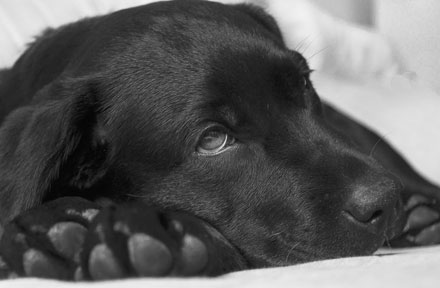
What to Feed a Sick Dog With No Appetite? [2025 Guide]
May 16, 2023
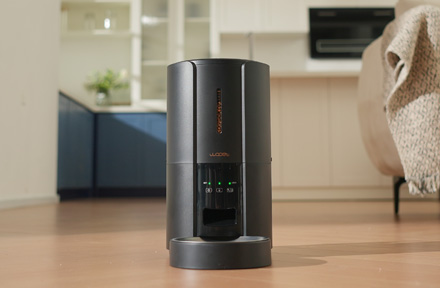
Troubleshooting Common Issues with Automatic Pet Feeders: Tips & Tricks for Pet Owners
Oct 26, 2023
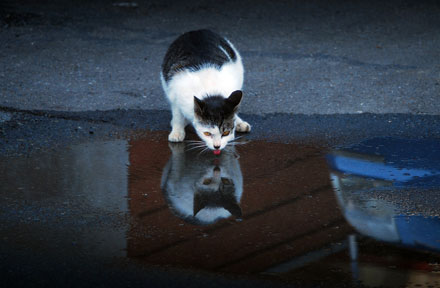
Why Does My Cat Cough After Drinking Water? 8 Potential Reasons
Mar 13, 2023
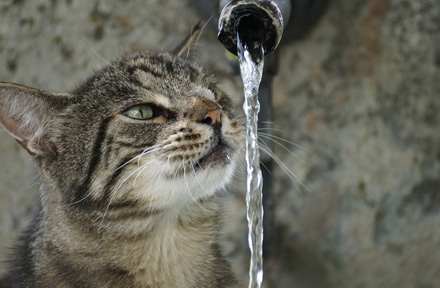
Why is My Cat Throwing up Water? Top 5 Causes Here
Feb 08, 2023
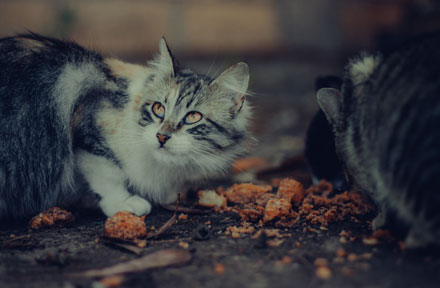
My Cat Only Eats A Little at A Time - What to Do?
Feb 27, 2023
$99.99
$129.99
Copyright © 2025 WOPET. All Rights Reserved.